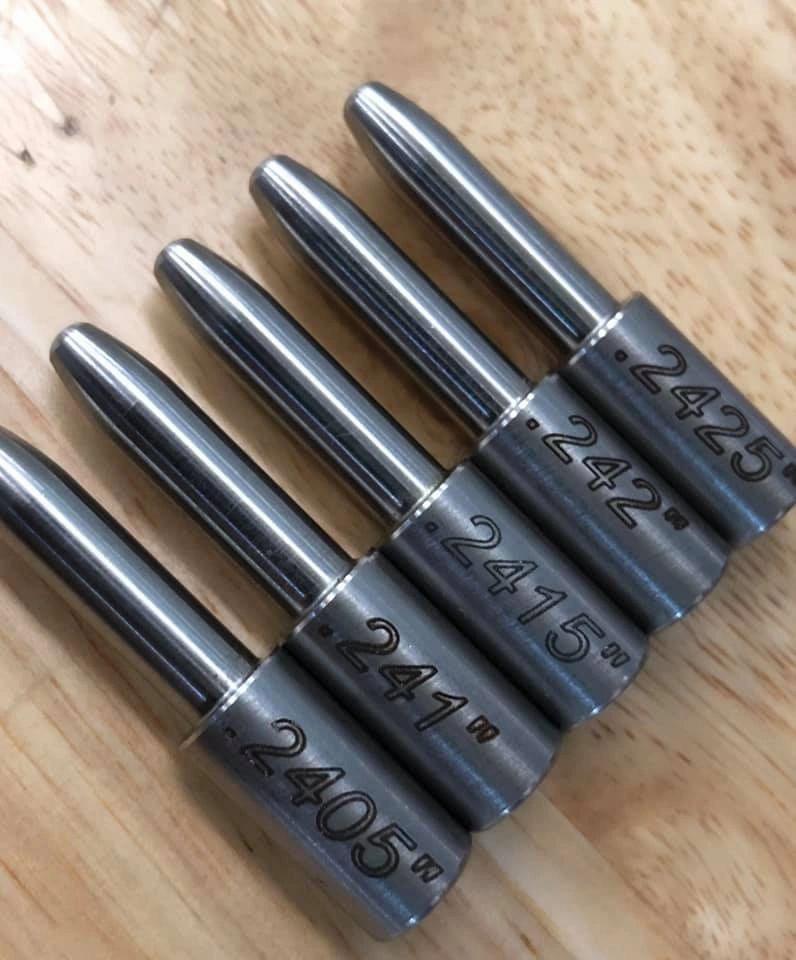I currently have bushing dies for sizing and have recently pulled the expanding ball out of them as I started using mandrels for expanding.
Curious on others thoughts. Is it over kill having both? Would future reloading dies be worth the extra money for bushings if using the expander mandrel for neck tension? Right now I kinda feel having the best of both worlds is working good and helps me sleep at night. Just wondered what others thoughts were on this as there are some good non bushing sizing dies out there. Thanks!
Curious on others thoughts. Is it over kill having both? Would future reloading dies be worth the extra money for bushings if using the expander mandrel for neck tension? Right now I kinda feel having the best of both worlds is working good and helps me sleep at night. Just wondered what others thoughts were on this as there are some good non bushing sizing dies out there. Thanks!

